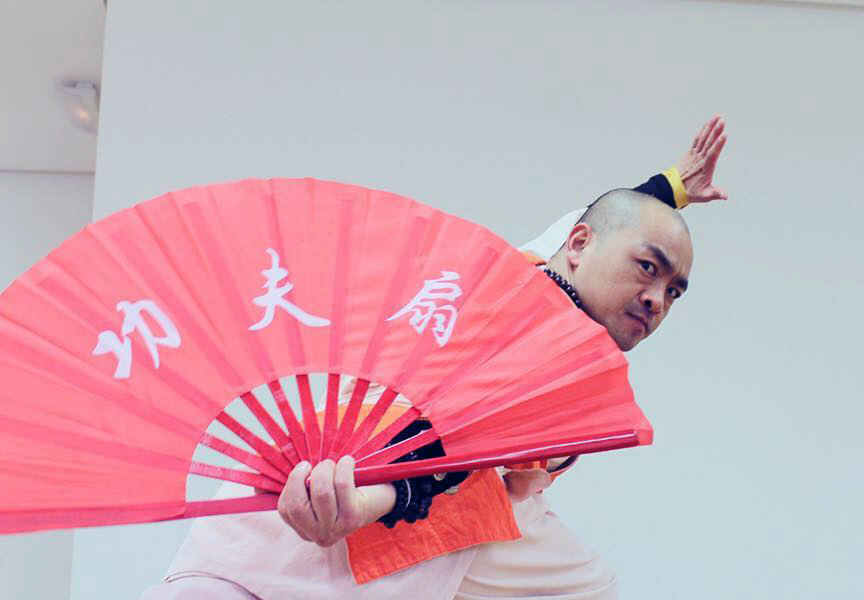Random Free Articles
- Embracing the Warrior Within
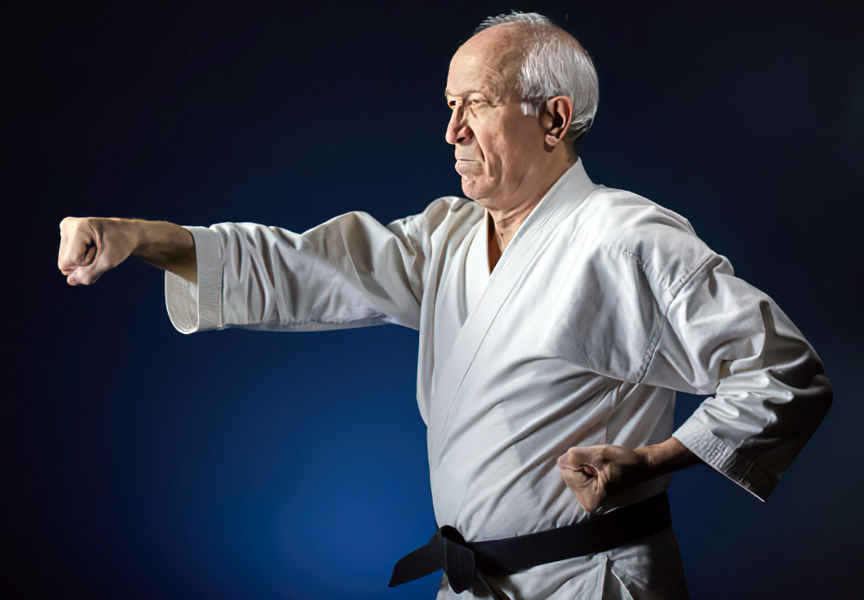
It's Never Too Late to Start a Martial Art Life is a journey filled with twists, turns, and missed opportunities. Many of us carry a list of things we always wanted to do when we were young but never quite got around to. Among these unfulfilled dreams, a common confession echoes: the desire to engage in the disciplined and empowering world of martial arts. The good news is, it's never too late to embark on this transformative…
- The Power of the Ginger Fist
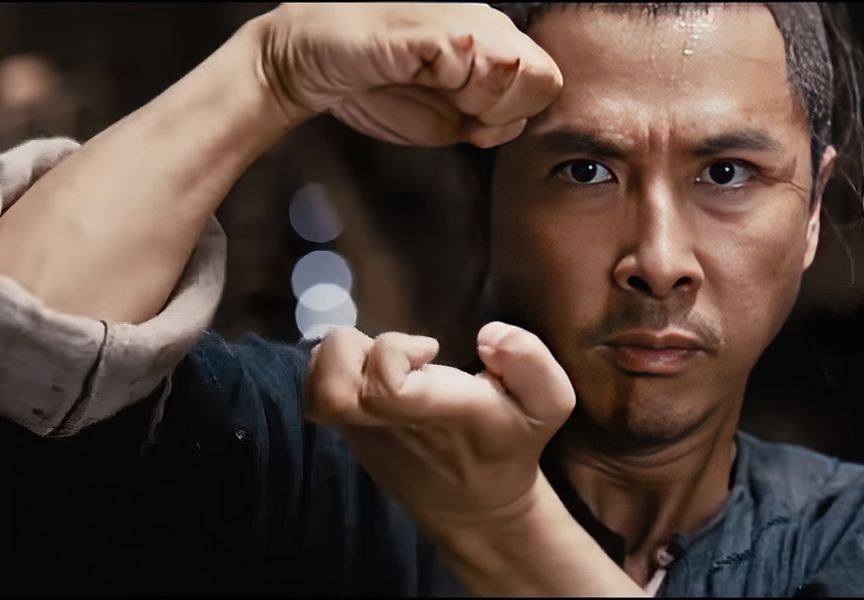
A Unique Technique in Chinese Martial Arts In the vast world of martial arts, techniques abound, each with its own distinct characteristics and applications. One such technique that has captured the fascination of practitioners is the Ginger Fist [Chin.: Jiāng quán 姜拳], a hand shape that embodies precision, power, and versatility. Originating from various Chinese martial arts styles such as Pak Mei Kung Fu [Chin.: Báiméi quán…
- The Art of Effortless Action
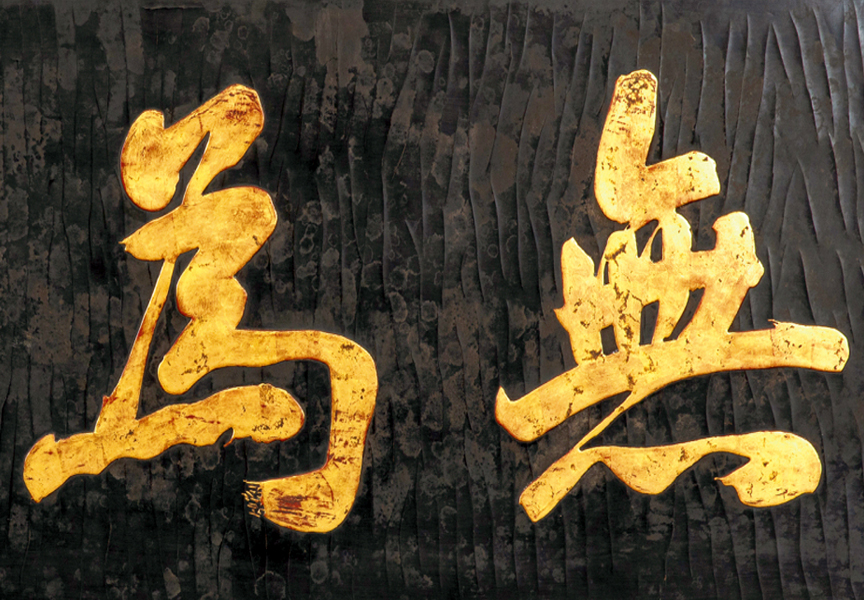
Shaolin Kungfu, an ancient Chinese martial art with a rich history, is not just about physical prowess but also encompasses a profound philosophy. One of the essential philosophical concepts within Shaolin Kungfu is Wuwei [Chin.: Wúwéi 无为], which translates to effortless action or non-doing in English. This concept, plays a crucial role in guiding practitioners to master the art. In this article, we'll delve into the significance of…
- The Transformation of the Humble Bench
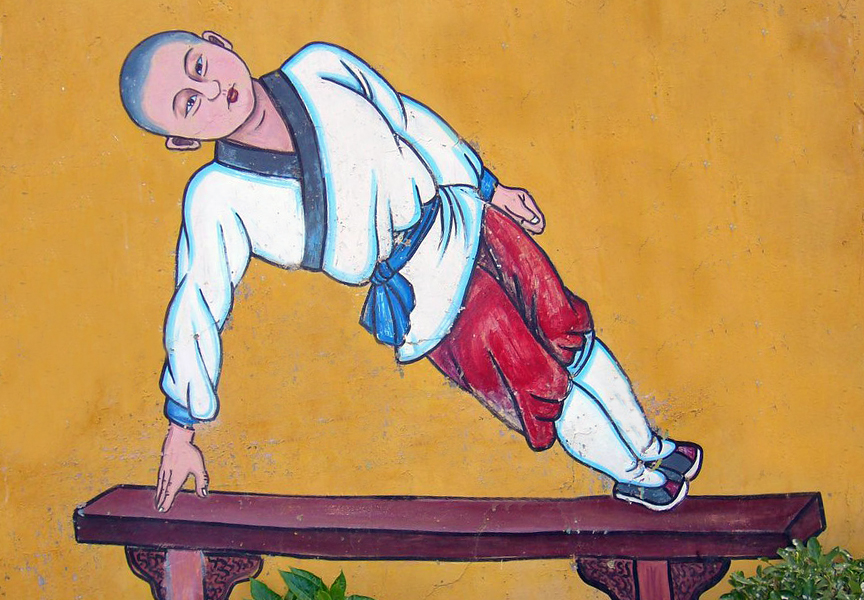
From Seating to Weapon of Choice In the world of martial arts, innovation and adaptability have always played a crucial role in shaping the evolution of combat techniques. One of the most intriguing examples of this phenomenon can be found in the ancient discipline of Shaolin Kung Fu, where the seemingly ordinary bench - Changyi [Chin.: Cháng yǐ 长椅] has been transformed into a formidable weapon of choice. Originally designed for seating,…
- Martial Arts Training for Kids
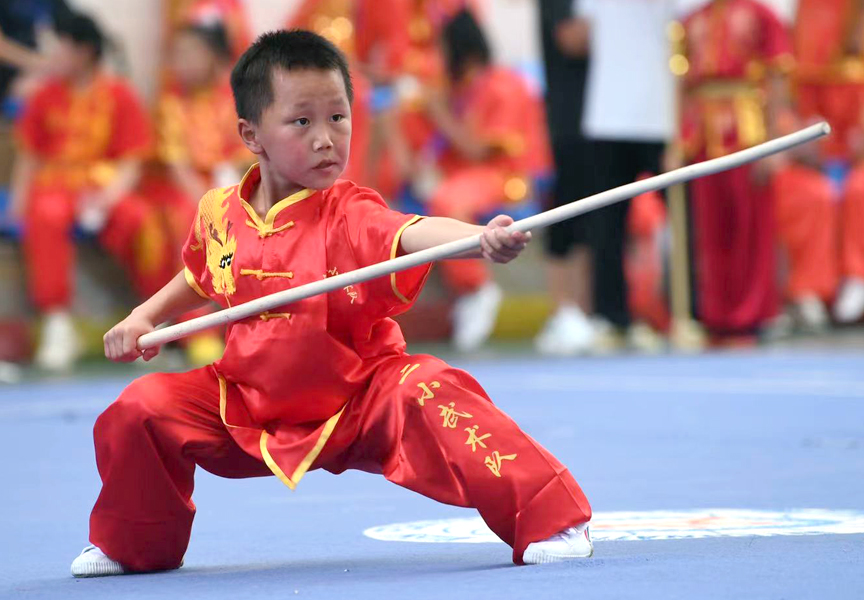
In the realm of extracurricular activities for children, the decision to enroll a child in martial arts training is often met with a range of opinions among parents. Concerns about violence, conflicting desires for athletic prowess versus discipline and values, and uncertainty about the appropriateness of martial arts for kids are common factors influencing parental decisions. This article delves into the considerations surrounding martial…

